The Martorana
This mosaic-lined medieval church was built by the world's first admiral and still holds mass in ancient Greek.
Secluded in the Piazza Bellini behind an unseemly Spanish baroque façade, this 12th-century church is a majestic relic of the era when Palermo was the richest port in western Europe. Known colloquially as the Martorana, the official name is the Church of Santa Maria dell’Ammiraglio, an homage to its patron, the Syrian-Greek adventurer George of Antioch.
The enterprising Antiochene began his military career in the service of the North African Zirid Sultan, Tamim ibn Muizz. After falling out of favor with the sultan’s successor, George escaped north to recently re-Christianized Palermo, where he introduced himself at the court of the ambitious Norman King Roger II. There he soon found himself in command of the ascendant Sicilian kingdom’s navy.
It is through George of Antioch and his successors that we’ve inherited the term admiral, a title the Sicilian Normans derived from the Arabic title “emir al-bar,” roughly translating to “chief military commander of the sea.” The military achievements of the world’s first admiral included subduing the rebellious Prince Grimoald of Bari, capturing the Byzantine island of Corfu, and establishing a Norman colony on the coast of modern-day Tunisia.
George died in 1151 or 1152 in the Aegean, attempting to conquer the Byzantine Empire itself, a feat too massive for even his impressive talents. Thankfully this occurred not before he gifted Palermo with the Martorana, one of the highlights of Sicily’s syncretic Arab-Norman architecture style. The church itself has undergone some significant alterations since its construction: Its Romanesque bell tower is a 13th-century embellishment, and the baroque façade is one of the 17th century additions. The church’s original mosaic-covered apse was tragically destroyed at the same time, replaced with the type of garish altar dressing that could be found interchangeably in any number of Italian churches.
However, partially thanks to 19th-century restoration efforts, enough of the church’s original art remains for visitors to sense its former grandeur. Roughly half of the interior is still draped in original gold mosaics, the work of imported Greek artists. A dazzling representation of King Roger II crowned by Christ greets visitors at the entrance. Across from this, George of Antioch lays prostrate before the Virgin Mary. Elsewhere are detailed biblical stories, and a wooden frieze surrounding the dome contains a Christian hymn written in Arabic script, possibly one of the Syrian-born admiral’s favorite childhood songs.
The church fascinated even non-Christians. The 12th-century Arab explorer Ibn Jubayr—who traveled to such magnificent medieval cities such as Córdoba, Cairo, Baghdad, and Mecca—counted the Martorana as one of the marvels of the world. He described the church as “one of the most marvelous constructions ever to be seen,” writing, “May Allah in his mercy and goodness soon honor this building with the sound of the muezzin’s call!”
Though Ibn Jubayr’s wish for a return of Muslim rule to Sicily never materialized, today the Martorana is home to a minority religious group, the Italo-Albanian Catholic Church. Italo-Albanians, called the Arbëreshë, migrated to Sicily and Southern Italy in the late Middle Ages as the Byzantine Empire slowly disintegrated. The Arbëreshë church’s adherence to the Byzantine rite means that masses in the Martorana are held in ancient Greek, the same as when the church was founded 800 years ago.
A final curiosity of the Martorana is its connection to a popular Sicilian pastry called frutta Martorana—traditional marzipan fashioned to uncannily resemble real pieces of fruit. It’s said the connection stems from a visit the Hapsburg Emperor Charles V made to the Martorana in September of 1535. Faced with hosting the emperor among the not-yet-ripe oranges of the church garden, the nuns of the Martorana convent created lifelike marzipan oranges to spruce up the place. We all know an emperor hates an unkempt garden, so presumably, Charles was pleased by the nuns’ inventive ruse. Today frutta di Martorana is a ubiquitous sight in the windows of Sicilian pasticcerie.
Know Before You Go
Entrance fee is €2, or €1 with proof of payment for other sacred sites in Palermo. More information on these sites is available on the church website.


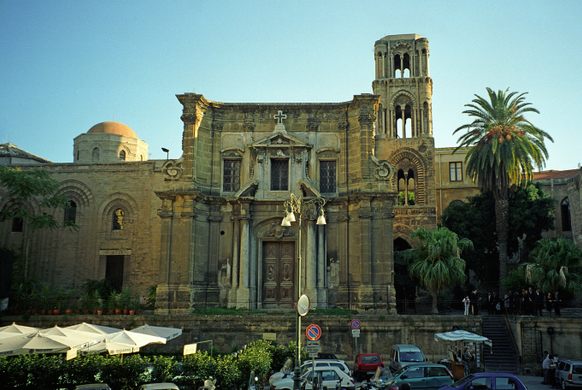
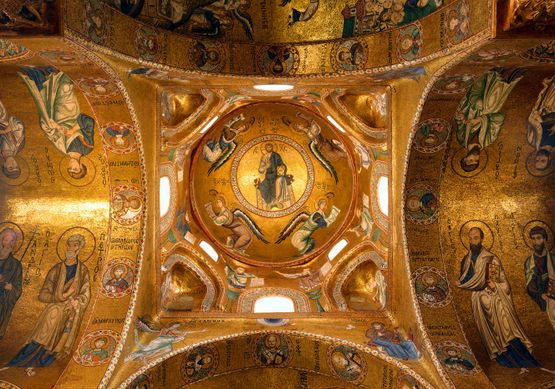
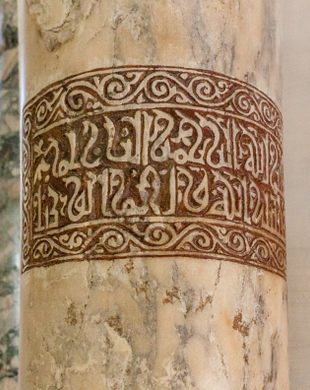
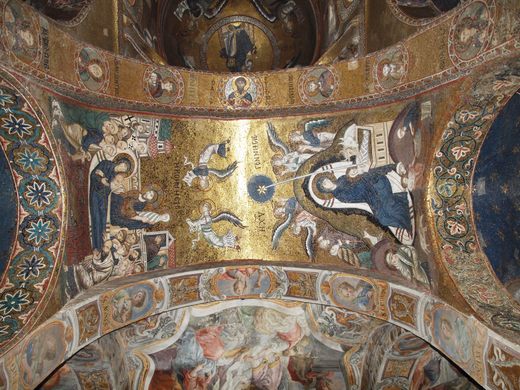


















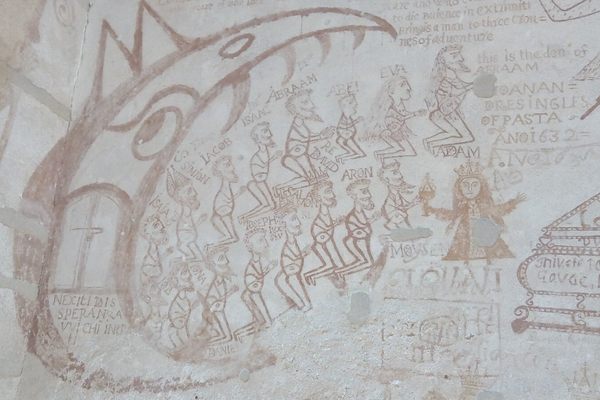
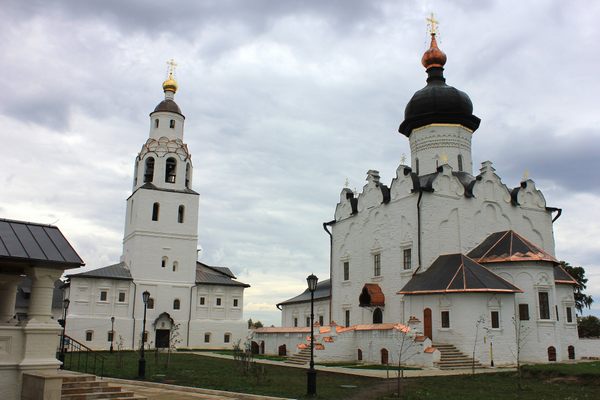

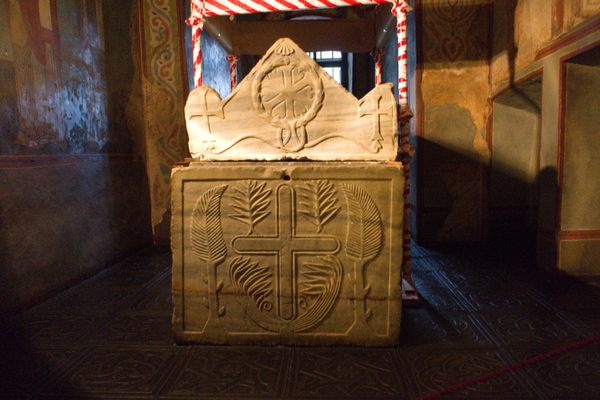


Follow us on Twitter to get the latest on the world's hidden wonders.
Like us on Facebook to get the latest on the world's hidden wonders.
Follow us on Twitter Like us on Facebook